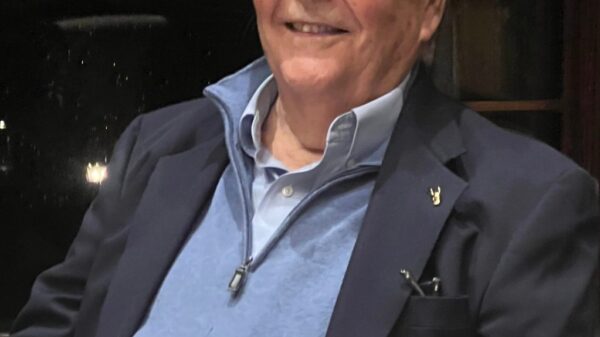The MOS Technologies 6581, commonly known as the SID, has emerged as one of the most coveted integrated circuits in the chiptune community. Its distinctive sound, shaped by three voices and a variety of waveforms, evokes the nostalgia of 1980s computing. As a result, contemporary musicians are increasingly seeking out SID synthesizers to recreate that iconic sound. Recently, musician and producer Taras Young delved into an unexpected tuning issue with her MIDISID synthesizer, which caught the attention of many in the music production realm.
In a recent video, Young explored customer reports indicating that several SIDs were not producing sound at the expected pitch. This investigation revealed the intricate relationship between the SID’s functionality and the clock signal it receives from the Commodore 64. Notably, the timing discrepancies between the NTSC and PAL versions of the Commodore 64 meant that music composed in Europe often required different software values compared to its American counterparts.
Young’s findings highlighted a significant localization error within the British Commodore 64 manual, which contained an incorrect table of values that affected music composition. This discrepancy further complicated the tuning process for users attempting to achieve the authentic SID sound.
As it stands, modern implementations of the SID are typically emulated, unless one has access to an original unit. Young’s challenge arose when she switched from one emulated SID to another. The first emulation utilized the original clock pin, whereas the second had its own clock system. This switch inadvertently led to some music being played out of tune, causing frustration for those trying to recreate the classic sound.
The solution to this particular issue is straightforward; Young noted that it requires a simple firmware adjustment. Her investigation not only sheds light on the technical intricacies of these beloved chips but also serves as a reminder of the enduring legacy of the SID in today’s music scene.
As musicians continue to explore and innovate with vintage technology, the importance of accuracy in tuning remains paramount. Young’s findings may prompt further discussions and investigations within the chiptune community, ensuring that the rich history of the SID continues to resonate with both creators and listeners alike.







































































